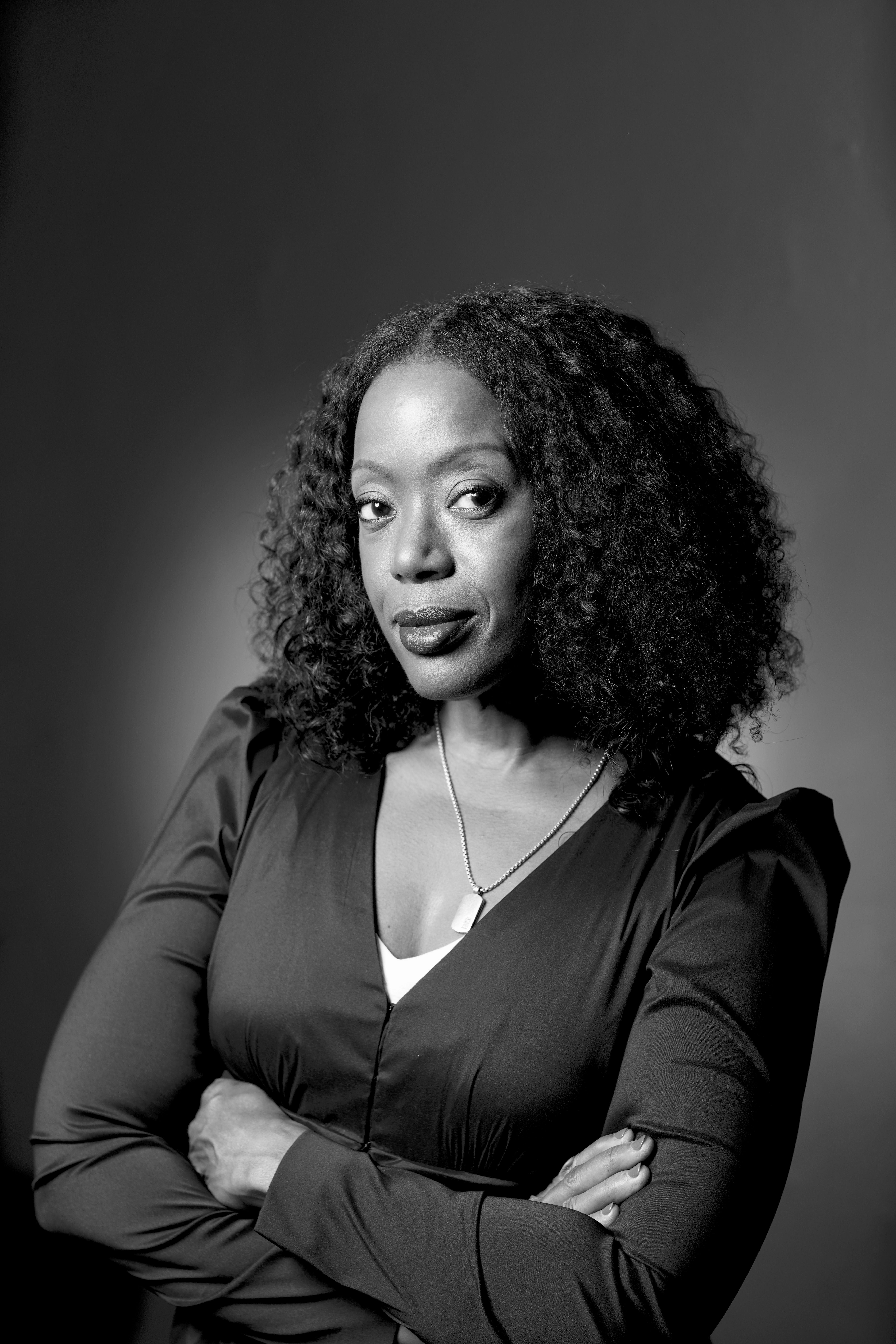In 2017 I wanted to apply for the CFDA + Lexus Fashion* Initiative. I was serious about it, but I got caught up in fashion week and designing the collection. By the time I opened the application, realized how intense it was and how much information was needed, I knew I wouldn’t be able to complete it by the deadline.
I had been working in this industry for a long time. I knew the way we were working was not the best, but not the worst. I’ve always made products I felt were well priced, selling dressing at $500 to $600. I didn’t feel like we were taking advantage of the work force. We were using quality textiles. But at the same time, I didn’t have a grasp of the industry as a whole, our need to work more responsibly and the damage that was being done.
Before I saw the application for the CFDA + Lexus Fashion* Initiative, I never thought of the way I was working in that context. For most designers, production people and manufacturers working in the industry for a long time, it’s really daunting to address sustainability. The whole supply chain has to be reexamined. I was serious about it. The CFDA + Lexus Fashion* Initiative helped me find my path when I joined the program in 2018.
At the same time, my business was starting to wind down. Everything was happening at once. When you’re making big life changes, the universe steers you in the direction you need to go. My business was contracting. I was in the contemporary market and it changed with the onset of fast fashion. I saw a whole tier of my stores start buying $20 and $30 tops that retail for under $100 to compete with Zara and H&M, which were completely draining their customer base. I was advised to do volume product for TJ Maxx and Costco and I didn’t want to go there. I was learning the true cost of doing this and it didn’t make any sense.
After 20-plus years in a business partnership, we were at a crossroads. I knew it was time to move on and chart a new course. I don’t want the legacy that I leave behind to be a bunch of cheap product flooding the market. That’s not what I’m about, and that’s not what my customer is about. As one of the only black women to have achieved a measure of success in this industry, that really cannot be my legacy.
I knew what I needed to do. The idea of being able to learn and to improve was appealing, but so was the idea of slowing down, being cleaner and more thoughtful. I had been producing offshore for 15 years, dreaming stuff up, creating a spec and sending off a tech pack to get a sample back in the mail. Part of our infatuation with fast fashion and throwaway culture is that we don’t have a connection to supply chain. We don’t see the factories. The people working there aren’t the type of people we know. They’re thousands of miles away. Out of sight, out of mind.
I grew up in Detroit where the automobile industry was everything. When I was growing up, 90 percent of the cars on the road were American-made cars. It wasn’t until I moved to New York to go to Parsons that I saw so many foreign cars on the road. I remember being upset about it. I remember thinking, “Wow. What are all these Volvos and Mercedes? Why aren’t people buying American-made products?”
I think we need to connect with who is making our products. When you’re confronted by the conditions and the poverty that people making your clothes are working in, you realize you don’t want to be a part of it. One of the most urgent parts of the sustainability process is storytelling. You have to become a storyteller. I have to make the customer understand why my blouse is $250 and the other blouse is $98. I have a lot of explaining to do.
For me, about 80 percent of it is textiles. Certifications are an interesting conundrum because processes are long and expensive. A mill might make a product that they say is organic but maybe it’s not GOTS certified. The harder you look, the more you see the challenges. I use what I call low-hanging fruit textiles — linen, Tencel and organic cotton. What’s available to me now is not nearly as novel as what I was using. To be able to keep my price points similar to what they were in the past is a challenge, because most of these textiles are a bit more expensive. There’s also a question of how to make something novel out of them, because design can’t suffer. I have to make sure I’m not haggling the factory to a price where they can’t pay workers fair wages. You get squished between a rock and a hard place. Sometimes you just want to throw your hands up.
Education and awareness are everything. I’m part of an organization called ISAIC (the Industrial Sewing and Innovation Center) in Detroit. We’re about to open a factory there, where we’ll be able to produce domestically and bring work back to the U.S. These are well-paying jobs that have a future. We’re creating career paths, not just sewing jobs. It also cuts down on my carbon footprint. I think when we start making things ourselves again, they’ll have more value to us. I want to be part of that process.



